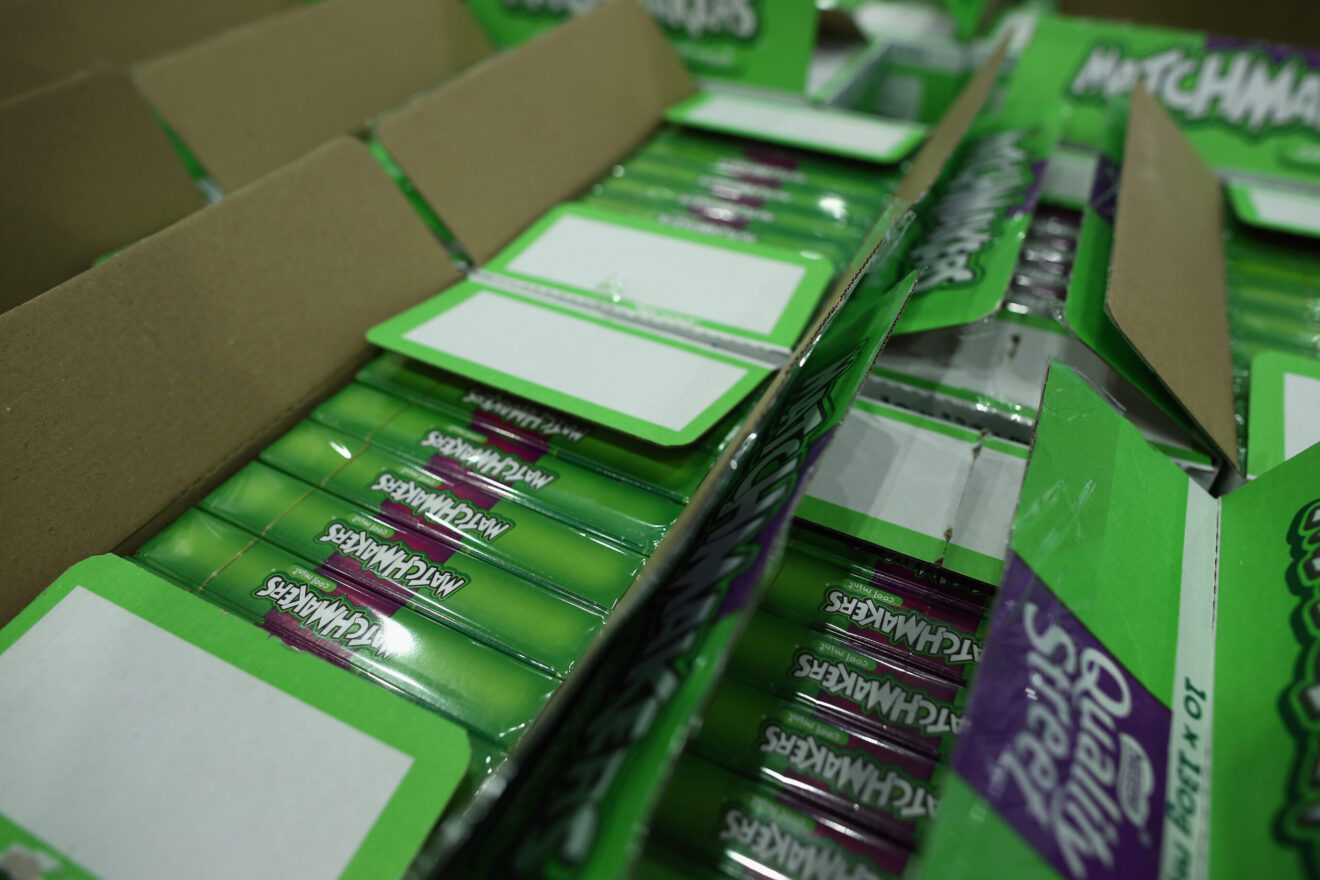Food and beverage firms are increasingly making the transition from selling solely in brick-and-mortar stores to bringing products to the e-commerce channel. For example, PepsiCo created a New York-based unit to help boost its e-commerce sales, and Unilever is building an 800-person team to assist in driving its e-commerce business.
The shift to e-commerce requires more than simply placing a food or beverage product in a shipping container and mailing it to the customer — the packaging must be sturdy yet light, and allow for the edible products to maintain their integrity. This can be a tall order for companies just getting started in the e-commerce space.
Manage cost, supply chain
Cost challenges can plague the e-commerce shift, because investments are necessary to ensure that packaging is optimized for the online channel, says Dustin Smith, CEO of packaging consulting firm BoldtSmith Packaging Consultants.
Although it may seem like a lighter item would be simpler to ship, you should keep its dimensions in mind, because oddly-shaped items may face shipping challenges. In addition, some light items may contain fragile contents, like crackers, and the packaging must be sturdy enough to ensure that they don’t break in transit.
In addition, Smith says, keep the supply chain in mind when creating e-commerce packaging. “How the product is handled, stored and shipped must be the key drivers behind any successful packaging design,” he says. “These variables will lead to certain packaging materials and strengths necessary to survive the supply chain without issues.”
Remember: Consumers can’t touch the product
Manufacturers and retailers must also create fresh packaging designs to attract consumers, advises Kevin Keating, president of packaging design, strategy and branding firm PKG. “It is critical to clearly and accurately represent your product and package online, which will help avoid negative reviews, returns and unsatisfied consumers,” Keating says.
In addition, remember that the packaging has to be inviting without the luxury of customers being able to get up close and personal with it. “As more CPG companies market their products via e-commerce, the shopper no longer has the experience of holding and touching the package and/or product,” Keating says. “The imagery must now become compelling enough to pull in the shopper’s eye to further explore and engage with the brand online. People tend to shop visually, as the mind reacts quicker to process images than words.”
Therefore, Keating advises, professional packaging and quality images, whether 3D or video, are necessary for brands to thrive — especially on shopping channels like Amazon. “It is important to remember that online, you’re not selling one item, but rather the whole brand, so that the shopper has a positive experience and will come back to buy again,” he adds.
Remember the mobile component
Because many shoppers will be using mobile phones and tablets to buy their online products, it’s imperative that the packaging clearly communicates the brand and that consumers can see that via the e-commerce site, Keating says. “Simplicity is the key. Breaking down package design to its core, the shopper must be able to identify the brand, know what’s inside the package and understand its benefits.”
Brands can communicate this information via package structure or shape, engaging colors, graphics and photos and the use of strong brand marks and copy. “Whether shopping online or in the store aisle, brands only have one to three seconds to grab your attention, land their message and communicate with focus,” he says.
When it comes to product photos online, brands shouldn’t skimp on quality. “With e-commerce, brands also can present their products outside their package, so quality photography of both the packaging and product are a necessity,” Keating says. “Even showing lifestyle imagery with the product being enjoyed by people adds an emotional connection to the brand. Finally, rotating the packaging, or better yet, using video to explore the package and product up close will help explain it further and close the sale.”
__________________________________________________
If you enjoyed this article, join SmartBrief’s email list for more stories about the food and beverage industry. We offer 20 newsletters covering the industry from restaurants to food manufacturing. And be sure to follow us on Twitter for the latest industry news.
